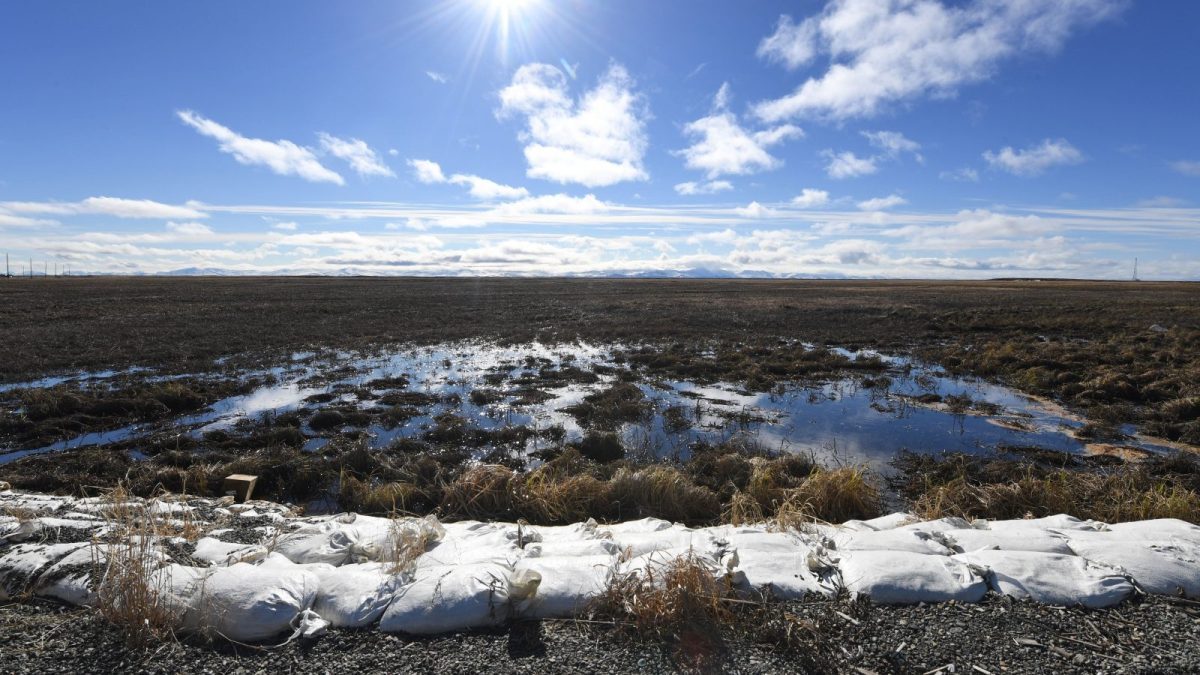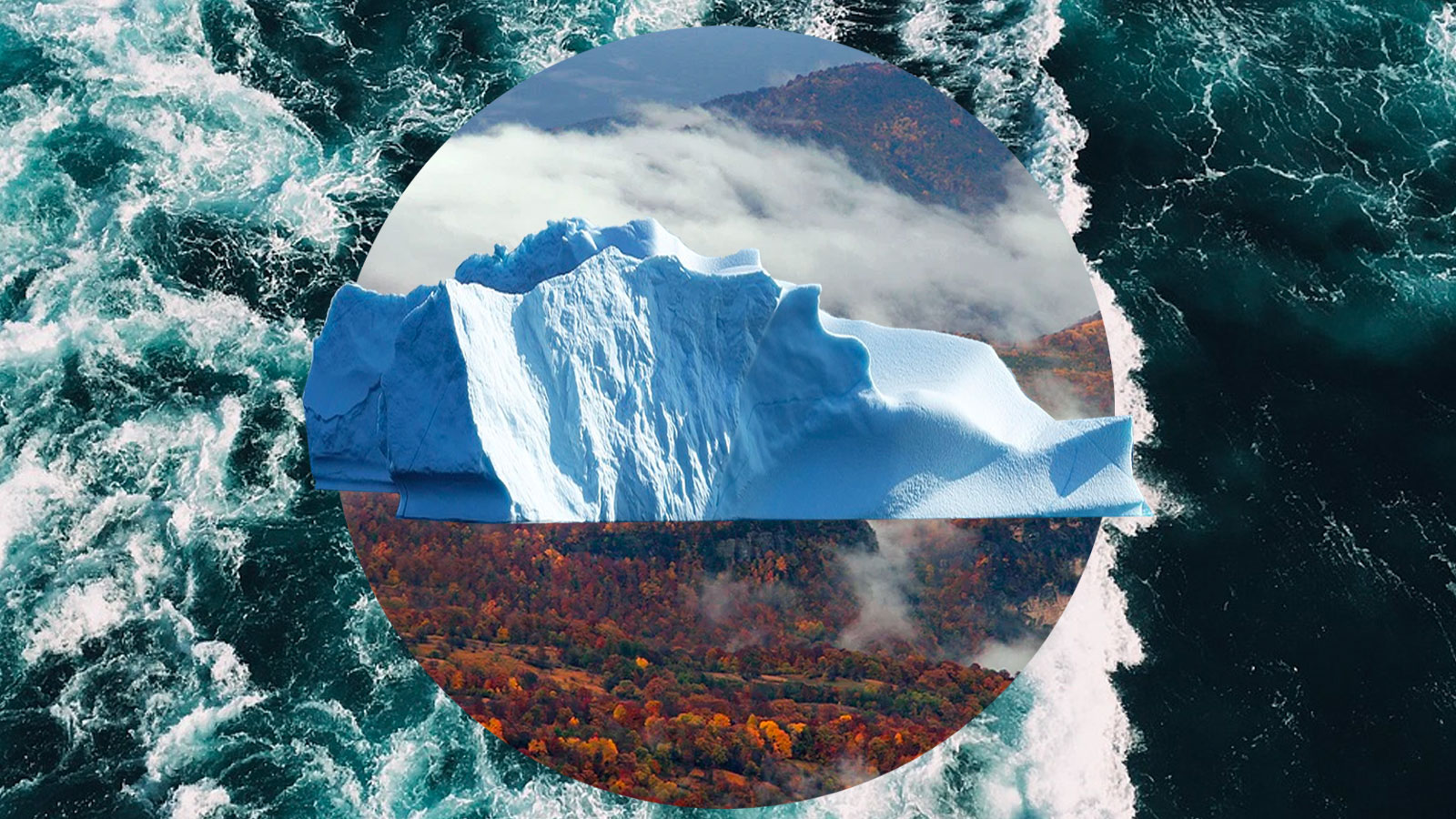The Intergovernmental Panel on Climate Change released its sixth report on the science of climate change Monday, and the United Nations is calling the conclusions a “code red for humanity.” The science is clear: Atmospheric carbon dioxide is higher than it has been in 2 million years, the earth is hotter than it has been for at least 2,000 years, and sea levels are rising faster than in the last 3,000 years.
The planet will keep heating up, the report says, but by exactly how much depends on future emissions tied to human activity.
A lot of those findings echo past reports — including the 2018 special report on the potential impacts of 1.5 degrees Celsius (2.7 degrees Fahrenheit) of warming when compared to pre-industrial levels. But one aspect of climate science that’s more prominent in this report than previously is the concept of climate tipping points, which are mentioned 97 times in this report, compared to 27 times in the previous assessment dating back to 2013.
“The IPCC is strongly talking about tipping points,” Stephan Singer, a senior climate advisor with Climate Action Network International, told Inside Climate News. “We can’t rule out significant forest diebacks and ice sheets falling apart, or other things that can feed back and make the warming even worse. We’re playing Russian roulette with five bullets in the gun.”
So what are these climate tipping points?
The report defines a tipping point as an “abrupt change” — a threshold that, once crossed, can cause elements of the Earth system to change into an entirely different state. These tipping points have varying degrees of probability, but are high-risk in that they could lead to dramatic changes in the climate system.
Tipping points are not well understood, says the report, and are “difficult to predict” using current models of the earth system. Nonetheless, “understanding nonlinear responses is really important,” Jacquelyn Gill, a paleoecologist at the University of Maine, told Grist earlier this year. “It’s probably one of the most important things we can be doing in the climate community right now.”
The new report identifies 12 tipping points that could lead to potential abrupt climate change. Some, like the potential release of carbon stored in tropical and boreal forests through drought and fire, carried only “low confidence,” according to the report’s authors, meaning that scientists aren’t as certain if this process is at real risk of ‘tipping’ into a different state. But others, like permafrost melt releasing the carbon stored in Arctic soils — were more certain and designated “high confidence.”
Permafrost is Arctic soil that stays frozen all year and contains ancient reserves of carbon in the form of decomposing organic matter. Globally, permafrost stores almost twice the carbon that is currently in the atmosphere. The cold temperatures of permafrost soil slow down decomposition, meaning that the carbon contained in dead plant and animal matter is locked away for millenia. As temperatures warm and the Arctic heats up, these soils are starting to melt, releasing these vast stores of carbon
The National Oceanic and Atmospheric Administration found that the permafrost region has already started to lose more carbon than it captures — releasing 300 million to 600 million metric tons (330 million to 660 tons) of carbon annually, which, at the low end, is equivalent to the emissions from electrifying more than 36 million homes. This feedback, in other words, is already well underway. What’s more uncertain, according to the report, is scale and timing: exactly how much carbon will eventually be released, and how fast.
Another tipping point that has been in the news recently and is featured in the report is the decline of the currents that circulate the Atlantic ocean (the Atlantic Meridional Overturning circulation, or AMOC). The AMOC is like a conveyor belt driven by sinking water that becomes heavy, cold, and salty as it approaches the Arctic, near Greenland. As the climate warms, fresh water pours into the ocean, diluting the salty, dense water and making it less likely to sink, weakening the current. Past research has found that the current is at its lowest strength in 1,600 years, and a new study released just last week found more evidence that is is being destabilized.
A shutdown of the current would have profound knock-on effects on global climate, disrupting the monsoon cycles that drive agriculture across most of the world, increasing sea level rise, and producing storms and colder temperatures in Europe. The report concluded that it was “very likely” that the current would continue to weaken as warming increases, but said with only “medium confidence” that it would not collapse entirely before 2100. That’s a meaningful shift from the previous report, which said that it was “very unlikely” that the current would collapse in that time frame.
While all this certainly sounds scary, there’s a lot that’s still within human control. The report says that while these tipping points produce uncertainty in the amount of future warming that we might see from climate change, it’s small relative to the amount of uncertainty due to future emissions. So how much we choose to emit has a stronger influence on future projections of climate than tipping points, and the less we do emit, the less likely some of these tipping points are to take place.
“We may not be able to predict exactly when some of these tipping points occur, but what we can do is control our actions, take ownership of our emissions,” Gill said. “The biggest sources of uncertainty for our climate future are us.”
In other words: At the end of the day, the future is still in our hands.






